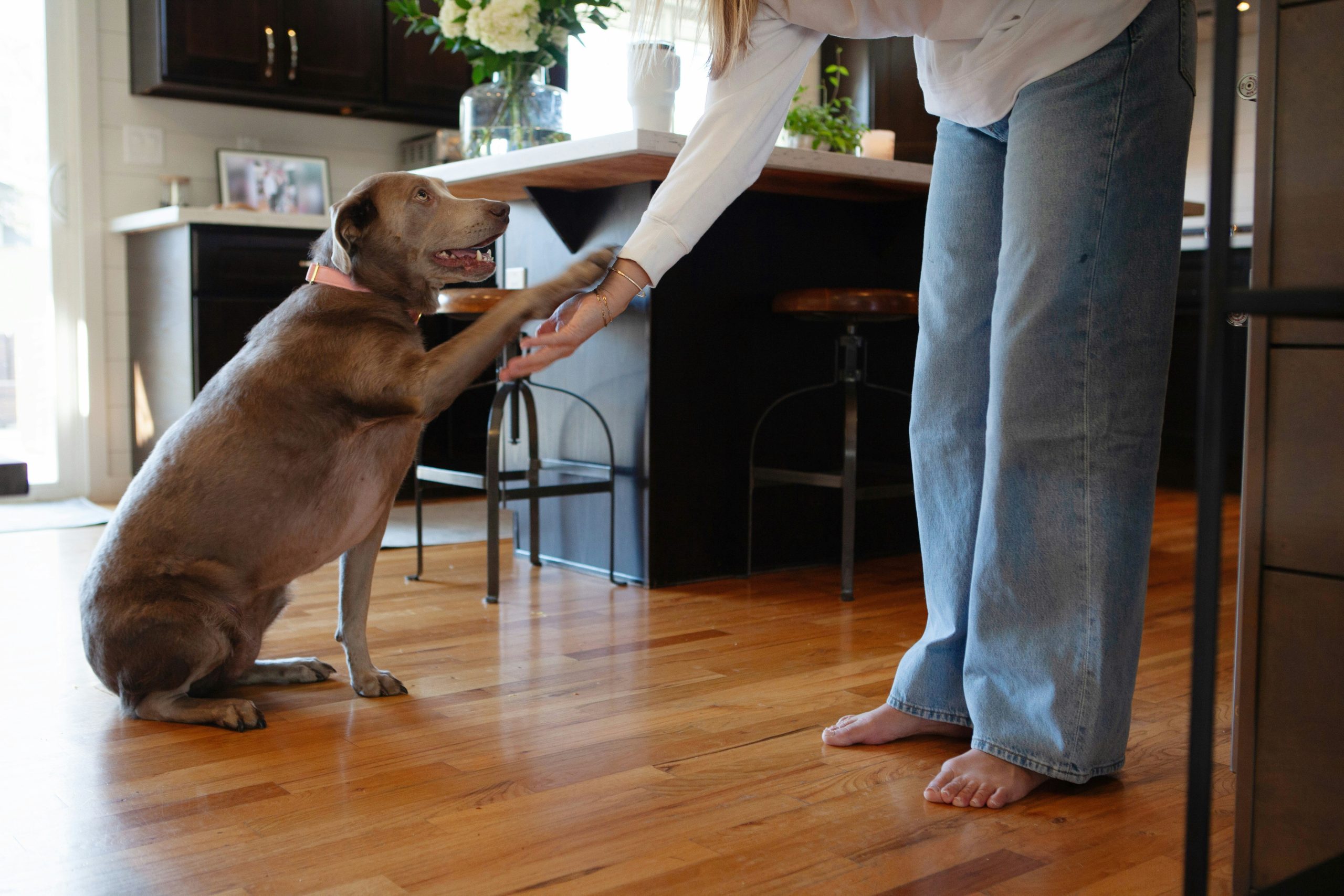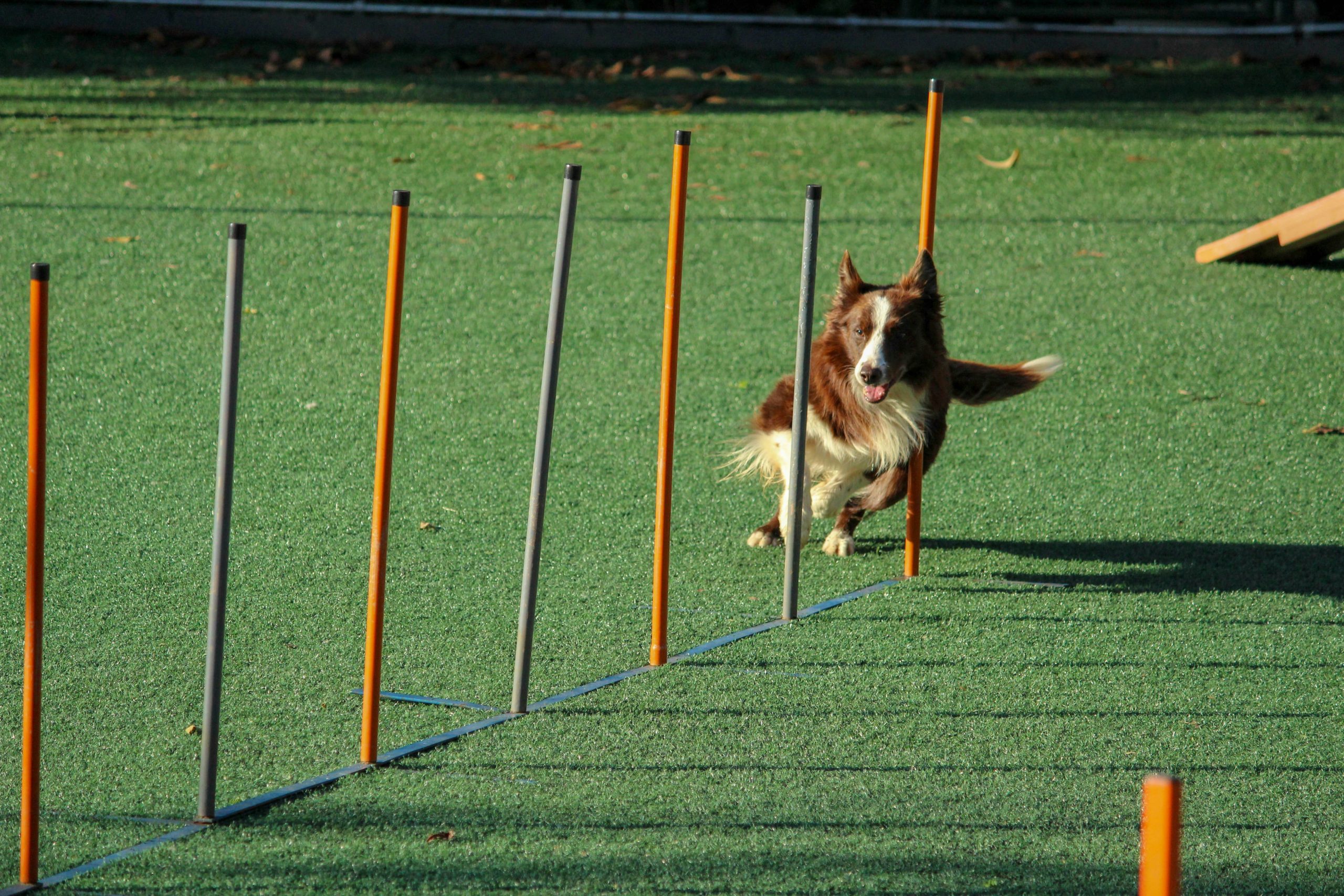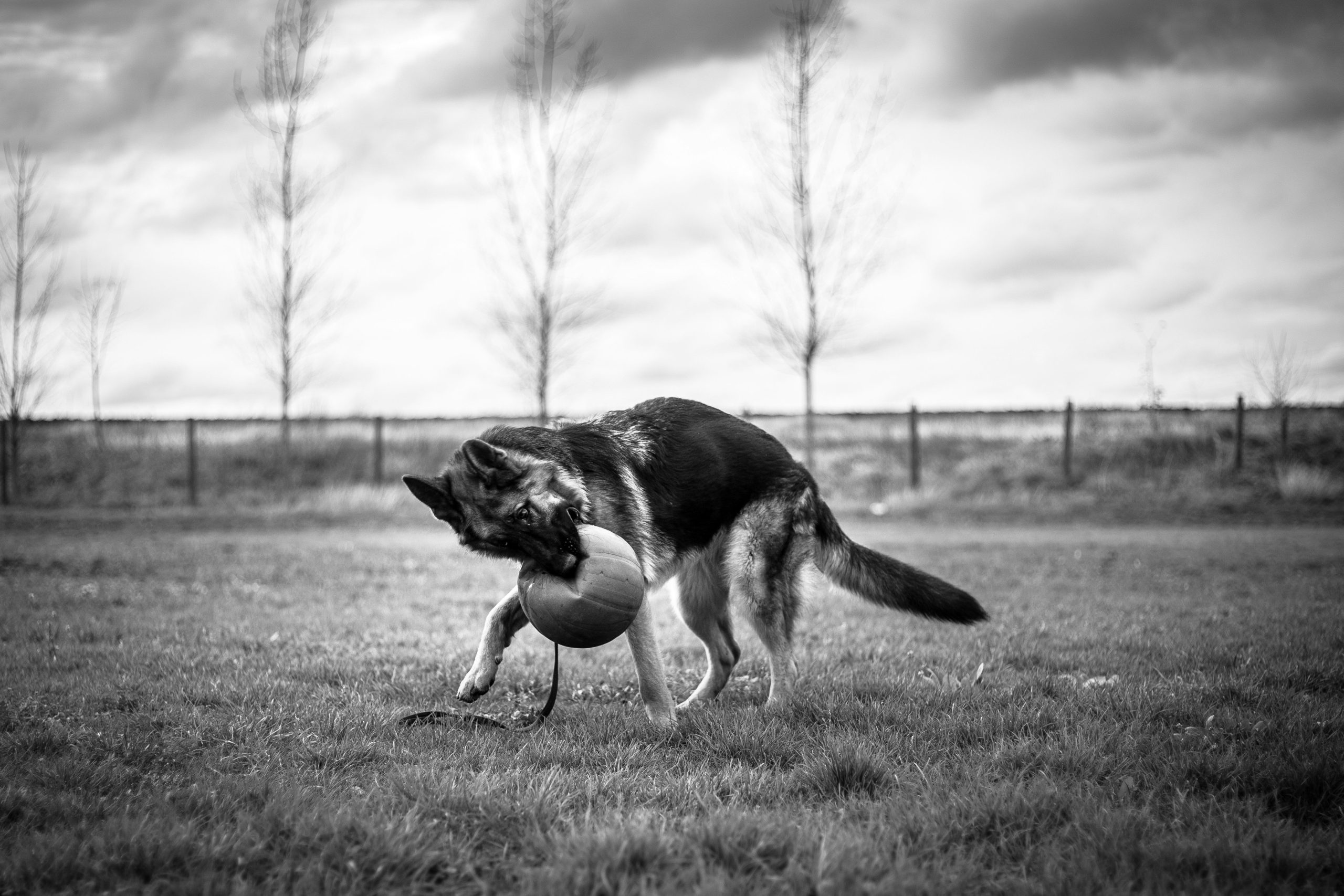Ever tried teaching your dog a new trick, only to end up frustrated because they just won’t cooperate? Yeah, we’ve all been there. But what if I told you there’s a fun and effective way to train your pup using their natural instincts? Enter hand targeting, one of the easiest yet most powerful tools in pet training.
In this post, you’ll learn everything about how to teach dog hand targeting—from understanding why it works to step-by-step instructions and tips that will make both you and your furry friend happy campers. Let’s dive in!
Table of Contents
- Why Hand Targeting Works Wonders
- Step-by-Step Guide to Teach Dog Hand Targeting
- Tips & Best Practices for Success
- Examples from Real-Life Training Sessions
- Frequently Asked Questions About Hand Targeting
Key Takeaways
- Hand targeting teaches dogs to touch their nose to your hand, which is useful for redirecting behavior and building focus.
- Consistency, patience, and positive reinforcement are key components of successful target training.
- This method can be used as a foundation for more advanced tricks or even agility training.
Why Hand Targeting Works Wonders
If you’ve ever felt like your dog speaks an entirely different language, don’t worry—you’re not alone. But here’s the secret sauce: target training bridges the communication gap between humans and pets.

Hand targeting, specifically, encourages your dog to interact with your hand by touching it with their nose. The genius behind this technique lies in its simplicity—it taps into their innate curiosity and desire to please. Plus, once mastered, it opens doors to bigger achievements, like teaching complex behaviors or calming anxious pups during vet visits.
And let me tell you—a confessional moment here—I once tried clicker training without proper guidance and ended up confusing my poor pup so much he gave me side-eye for days. Moral of the story? Stick to methods proven to work, like hand targeting.
Step-by-Step Guide to Teach Dog Hand Targeting
Ready to get started? Here’s how to teach dog hand targeting in five easy steps:
Step 1: Start Simple with Treats
Grab some small, high-value treats (think tiny pieces of chicken or cheese). Hold a treat in your closed fist near your dog’s nose but don’t let them have it just yet.
Step 2: Present Your Open Palm
Once your dog sniffs at your fist, immediately open your palm. If they move closer to sniff again, reward them instantly. This helps create a connection between your hand and something good happening.
Step 3: Add Distance Gradually
As your dog gets comfortable, start moving your hand slightly away before presenting it. Encourage them to come toward your hand, rewarding each success.
Step 4: Introduce Verbal Cues
Pick a cue word like “touch” or “target.” Say it right before presenting your hand. Over time, your dog will associate the word with the action.
Step 5: Practice Everywhere
Taking practice sessions outside? Perfect! Distractions help solidify learning. Just remember: Grumpy You says, “Ugh, fine—but only if coffee’s involved.”
Tips & Best Practices for Success
- Be Patient: Every dog learns at their own pace. Some might pick it up in minutes; others may take weeks.
- Use High-Value Rewards: Save those special treats for training sessions—your dog needs extra motivation!
- Keep Sessions Short: Aim for 5–10 minutes max. Prolonged training leads to bored dogs.
- Avoid Repetition Burnout: Switch things up to keep it fresh and engaging.
Now for a brutal honesty moment: Never punish mistakes. Negative reinforcement kills progress faster than your Wi-Fi during a storm.
Examples from Real-Life Training Sessions
Let’s talk success stories! A client recently brought in Max, an energetic Golden Retriever who wouldn’t stop jumping on guests. Using hand targeting, we taught him to greet people by targeting instead of leaping. Within two weeks, Max was a pro—and his owners were thrilled.
Feeling skeptical? Picture this: Before/after stats show dogs trained with target methods exhibit better focus and impulse control within just three months.

Frequently Asked Questions About Hand Targeting
Can older dogs learn hand targeting?
Absolutely! Age isn’t a barrier. Older dogs often adapt quickly since they already understand basic commands.
What if my dog ignores my hand?
Gently guide their attention back to you. Sometimes starting closer works wonders.
Is hand targeting only for obedience?
Nope! It’s also great for redirecting unwanted behavior and improving leash manners.
Conclusion
Teaching your dog hand targeting is a game-changer. Not only does it strengthen your bond, but it also lays the groundwork for countless other skills. Remember: Stay consistent, celebrate small wins, and give yourself grace when things go sideways.
Like a Tamagotchi, your dog’s training thrives on daily care. Happy training, friends!
Haiku time:
Nose meets open hand,
Treat follows, joy multiplies,
Bond grows stronger still.


